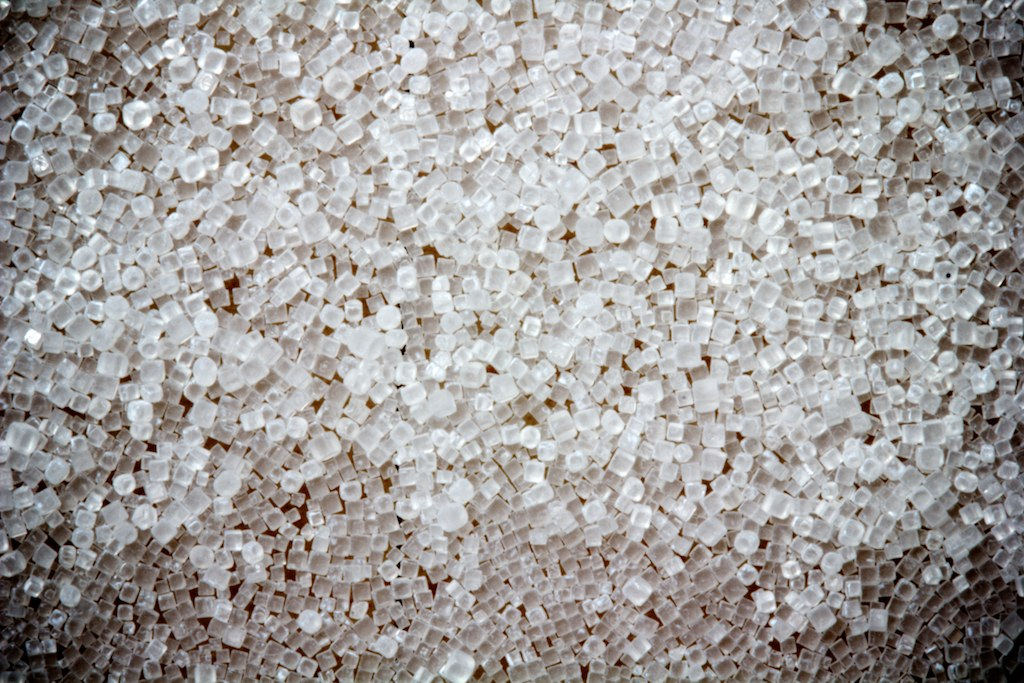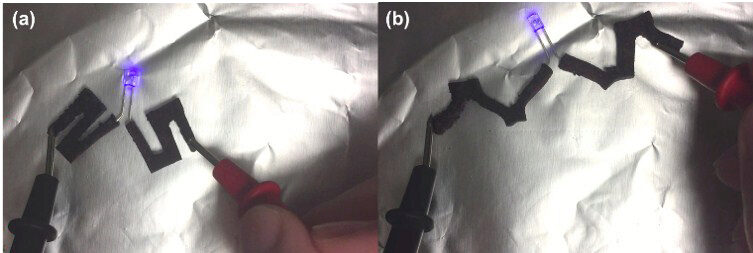

The process
In this study, researchers mixed salt granules into three photo curable resins used for DLP 3D printing: extra-fine PEGDA, Standard Clear and Spot-E Ink. Once 3D printed, each object is then suspended in a 2000 mL beaker of water to dissolve the salt and create small holes.
Different granule sizes of salt, from coarse to extra-fine, were experimented with to understand the variety of porosity that can be achieved in this method. Though desirable for microscopic pores like those found in
 the body, ultra-fine salt did provide some difficulty in this method.
the body, ultra-fine salt did provide some difficulty in this method.

The authors explain that the salt being so fine created more of a paste in the resin and, as it is “encapsulated by the cured polymers”, it cannot be leached out.
Spongy, Droste and bone-like conclusions
In determining the limits of the method, researchers were able to create structures that could retain some memory when squashed. A refined form of this would be useful in recreating the spongy, cancellous structure found in the center of bones. Additionally, the study also experimented with swapping inks during the 3D printing process, creating an object with varied porosity, again closer to the composition of bone.

Porous polymeric materials by 3D printing of photocurable resin is available to read online in Materials Horizons journal 2017. The research is co-authored by Xiaoming Mu, Thompson Bertron, Conner Dunn, Haipeng Qiao, Jiangtao Wu, Zeang Zhao, Christopher Saldana and H. Jerry Qi.
- Beau Jackson, 3D Printing Industry
